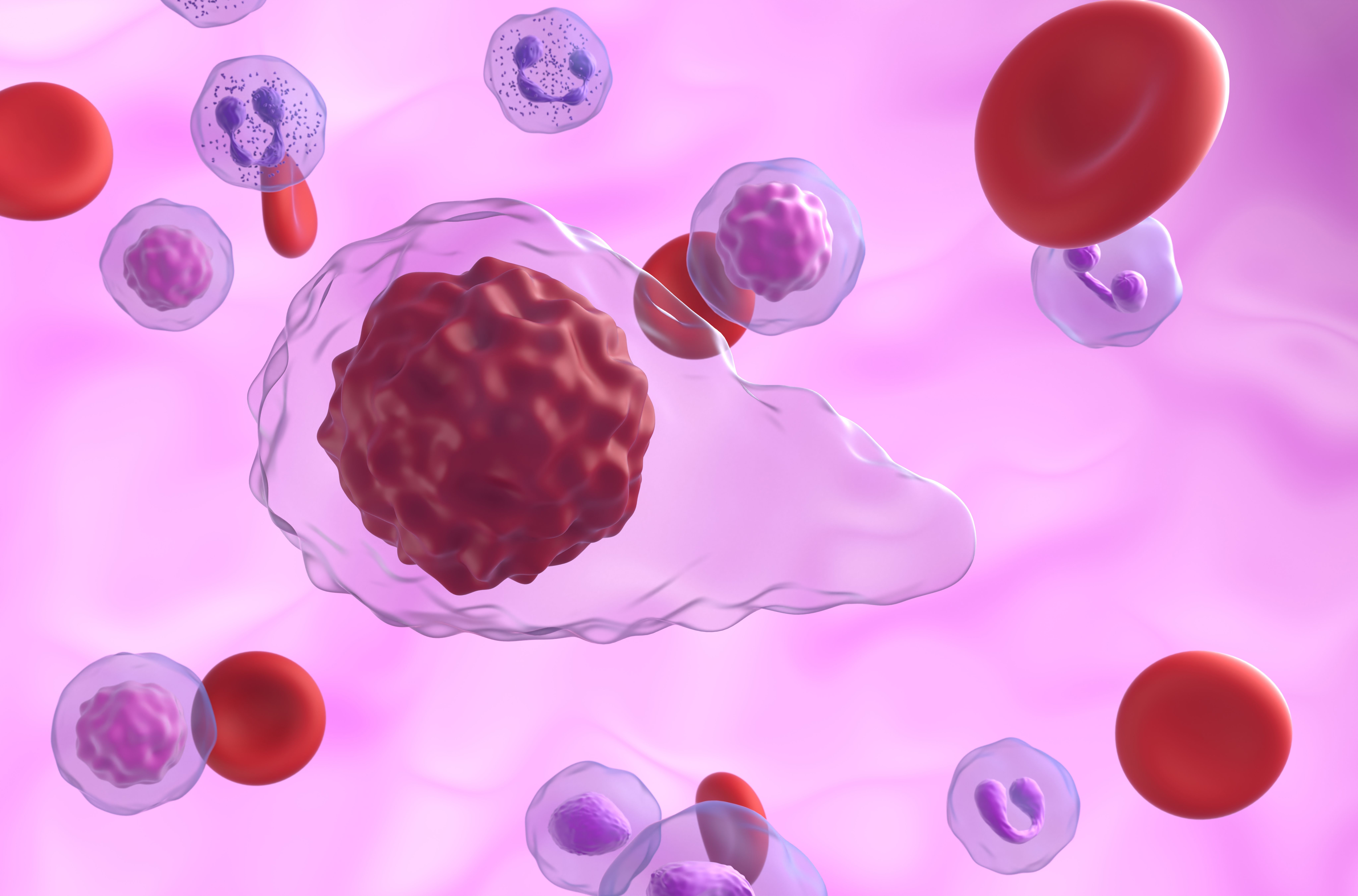MOST Study Shows High Rates of Disease Progression in Low/Intermediate-Risk MF Over 4 Years
MOST study shows high rates of disease progression in low/intermediate-risk myelofibrosis over 4 years, with the rate increasing over time. This offers valuable insight for a patient group with limited prior data.
Michael Grunwald, MD

The prospective MOST study (NCT02953704) sheds light on disease progression in patients with low- and intermediate-risk myelofibrosis (MF). Presented as a poster at the 2024 EHA Congress, the data reveals a high proportion of patients experiencing progression over 4 years, with the rate accelerating over time.1
A total of 232 patients with MF were enrolled, with 205 patients considered low or INT-1 risk due to being aged over 65 years alone comprising cohort A and 27 patients considered low or INT-1 risk for factors other than age only being evaluated in cohort B. In cohort A, 58.5% (n = 120) of patients experienced disease progression during the study, with the most common progression criteria being hemoglobin below 10 g/dL (47.5%). Further, 12 patients (10.0%) died due to disease progression and 6 (5%) had leukemic transformation. In cohort B, 29.6% (n = 8) of patients had disease progression during the course of the study.
Laboratory-defined criteria for progression in the MOST study included hemoglobin below 10 g/dL, platelet count below 100 × 109/L, less than 1% blasts, white blood cell count above 25 × 109/L, and leukemic transformation with greater than 20% blasts. Physician-reported criteria for progression were constitutional symptoms (weight loss, fever, sweats), new or worsening splenomegaly, 1 red blood cell transfusion during the study, physician-reported leukemic transformation, and death due to disease progression. The presence of at least 1 criterion was considered disease progression.
Other progression criteria met in cohort A included a platelet count below 10 × 109/L in 31.7%, constitutional symptoms in 30.8%, and splenomegaly in 28.3%. Hemoglobin below 10 g/dL was present in 21 of 29 patients (72.4%) of those who had 3 or more progression criteria.
Importantly, the rate of progression appeared to increase over the course of the study. The median time to meeting criteria for first and second disease progression in cohort A was approximately 2 years for each (24.9 vs 28.2 months), whereas it was approximately 1 year (11.6 months) for reaching the third progression criteria.
Primary myelofibrosis (PMF) cells in blood flow - closeup view 3d illustration: © LASZLO - stock.adobe.comNormal

Looking at patients with vs without progression during the study, in cohort A, more patients were over 65 at the time of diagnosis (53.3% vs 35.3%, P =.0384). However, the median time from diagnosis to enrollment was similar between the groups, with a median of 1.9 vs 1.4 years (P = .9997). There was also not a significant difference in the median duration of enrollment for patients in cohort A with or without disease progression (4.5 vs 4.3 years). Most patients in cohort A were receiving MF-directed therapy at the time of enrollment regardless of whether they experienced disease progression (59.2% vs 61.2%); however, more patients with progression were receiving ruxolitinib (Jakafi; 59.2% vs 14.1%, P = .0078), and fewer patients with progression were receiving hydroxyurea (22.5% vs 36.5%, P = .0913). In cohort B, the median time from diagnosis to enrollment was 1.9 years (range, 0-31), and the median duration of enrollment was 4.3 years (range, 3.6-5.4).
Of all patients enrolled in both cohorts, 186 were tested for at least 1 known driver mutation. In cohort A, 108 of 158 had a JAK2 mutation, and 66 of 93 patients had disease progression whereas 42 of 65 without progression had the JAK2 mutation. Of those evaluated for CALR mutation, 33 of 44 had a mutation with 16 of the 21 with disease progression having it and 17 of the 23 without progression having the mutation present. Five out of 31 had an MPL mutation, with 1 out of 6 having the mutation among those who experienced disease progression and 2 of 10 having it among those who did not experience disease progression.